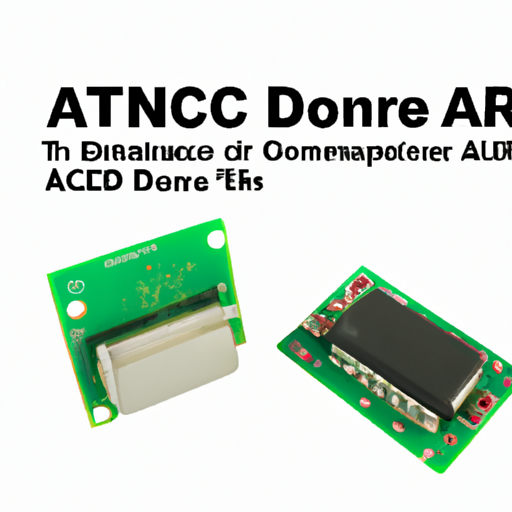Core Functional Technologies of ADCs
1. Sampling: ADCs convert continuous analog signals into discrete digital signals by sampling the input at specific intervals. According to the Nyquist theorem, to accurately reconstruct a signal, it must be sampled at least twice its highest frequency. This ensures that the digital representation captures the essential characteristics of the analog signal.
2. Quantization: After sampling, the continuous amplitude of the analog signal is quantized into discrete levels. The resolution of the ADC, typically expressed in bits (e.g., an 8-bit ADC can represent 256 levels), determines how finely the analog signal can be represented in digital form. Higher resolution allows for more precise representation of the signal.
3. Encoding: The quantized values are then encoded into a binary format, which can be processed by digital systems. This step is crucial for interfacing with microcontrollers, digital signal processors (DSPs), and other digital systems, enabling further processing, storage, and analysis of the data.
| 4. Types of ADCs | |
| 5. Performance Metrics |
Application Development Cases
1. Audio Processing: ADCs are essential in digital audio systems, converting analog audio signals into digital formats for processing, storage, and playback. For instance, Sigma-Delta ADCs are widely used in high-fidelity audio applications due to their high resolution and low noise characteristics, enabling high-quality sound reproduction.
2. Medical Devices: In medical imaging and monitoring devices, such as ECG and EEG machines, ADCs convert analog signals from sensors into digital data for analysis. High-resolution ADCs are crucial for accurate diagnostics, allowing healthcare professionals to make informed decisions based on precise data.
3. Industrial Automation: ADCs are integral to sensors and control systems in industrial automation, monitoring and controlling processes. For example, temperature sensors often utilize ADCs to convert analog temperature readings into digital signals for processing by PLCs (Programmable Logic Controllers), enhancing automation efficiency.
4. Consumer Electronics: In devices like smartphones and cameras, ADCs convert signals from microphones and image sensors into digital formats. High-speed ADCs are essential for capturing high-quality images and sound, contributing to the overall user experience in consumer electronics.
5. Telecommunications: ADCs are used in modems and other communication devices to convert analog signals into digital data for transmission over digital networks. High-speed ADCs enable efficient data transfer and maintain signal integrity, which is vital for reliable communication.
6. Automotive Applications: Modern vehicles employ ADCs in various systems, including engine control units (ECUs), safety systems, and infotainment systems. They convert signals from various sensors (e.g., temperature, pressure) into digital data for processing, enhancing vehicle performance and safety.
Conclusion
Analog to Digital Converters (ADCs) are pivotal in bridging the analog and digital worlds, enabling a wide range of applications across various industries. Their core technologies, including sampling, quantization, and encoding, facilitate the conversion of analog signals into digital formats for further processing and analysis. Understanding the different types of ADCs and their performance metrics is essential for selecting the appropriate ADC for specific applications, ensuring optimal performance and accuracy in digital signal processing. As technology continues to advance, the role of ADCs will only become more critical in the development of innovative electronic systems.






